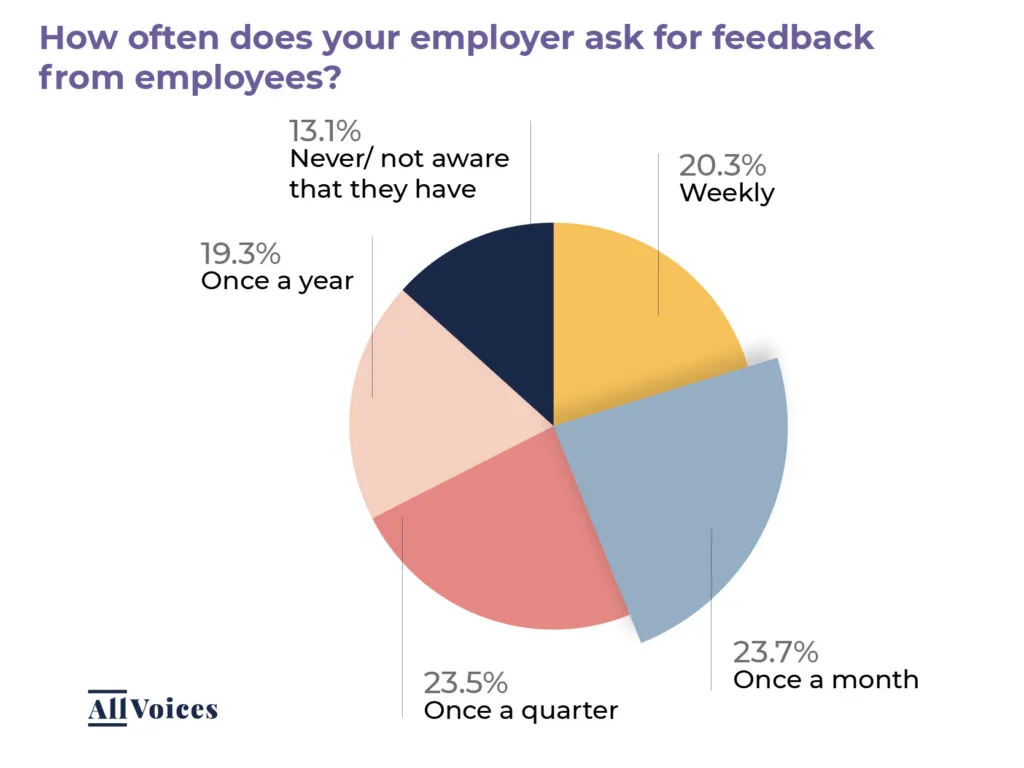How to Tighten the Employee Feedback Loop & Reclaim Your Team’s Productivity
Blog: The Process Street Blog

An employee feedback loop can be a great tool if you’re trying to improve the quality of your products or boost the satisfaction of your employees.
There are numerous benefits to gathering and utilizing feedback but there are also several key things to remember that will help you make your feedback loops as effective as possible.
We will look at the different types of feedback loops, how they can positively impact businesses, and the best practices for making them work the first time, every time.
What is the employee feedback loop?
A feedback loop is a way for a business to ‘loop’ the outputs of a system back into that system to be used as inputs. More specifically, it involves using customer and employee feedback to improve the quality of a product, service, or workplace.
Two types of feedback loop
There are two different types of feedback loops that a business can utilize.
Positive feedback loop (both customer & employee feedback loop)
A positive feedback loop utilizes the constructive criticism or complaints of employees. It improves employee satisfaction and internal processes. A positive feedback loop can help to reduce employee turnover, and increase employee engagement, thereby improving productivity.
Negative feedback loop (both customer & employee feedback loop)
A negative feedback loop utilizes customer feedback to try and improve the products and services offered. A negative feedback loop can help increase customer satisfaction and loyalty and enhance brand image.
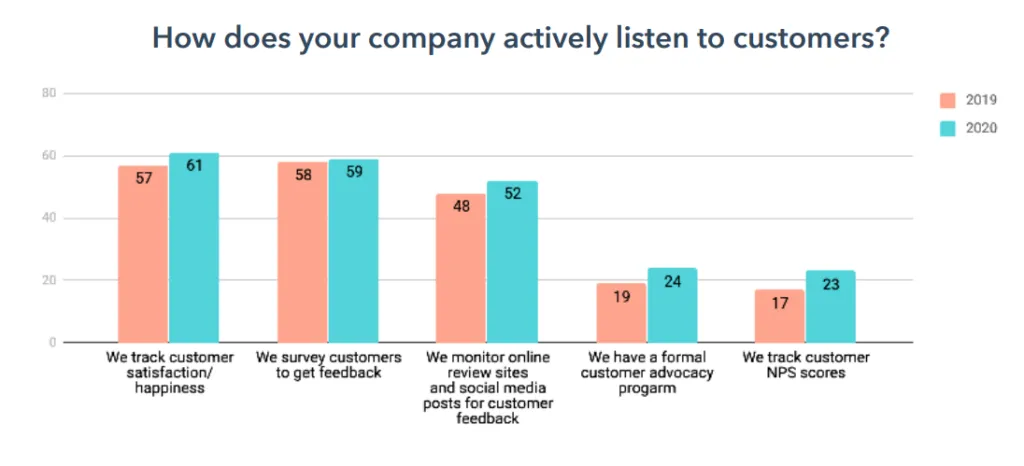
Benefits of having a feedback loop in your team
There are many potential benefits to implementing feedback loops within an organization.
An employee feedback loop will increase productivity
Employees who see that their feedback is being acknowledged are much more likely to feel valued by their employer. An employer who appears to want to genuinely improve the working conditions of their employees is looked upon much more favorably, leading to increased employee engagement, and hence increased productivity.
Increased productivity means that a company can generate more output from the same amount of resources. This is sure to be a benefit, regardless of whether you’re offering a cloud-based business phone system, or handmade greeting cards.
It will also boost profitability
If a business can create more output without increasing the amount they have to input, then the profitability of the business increases. Factors such as increased productivity and lower employee turnover can help contribute to this. By listening to feedback, businesses can identify problem areas, not only for their employees, but with their products and services, too.
Providing a higher quality product and better customer service leads to less time spent trying to provide customer support, which can help reduce overheads and further increase profitability. One survey found that listening to customer feedback increased customer retention rates by anything from 56% to 87%.
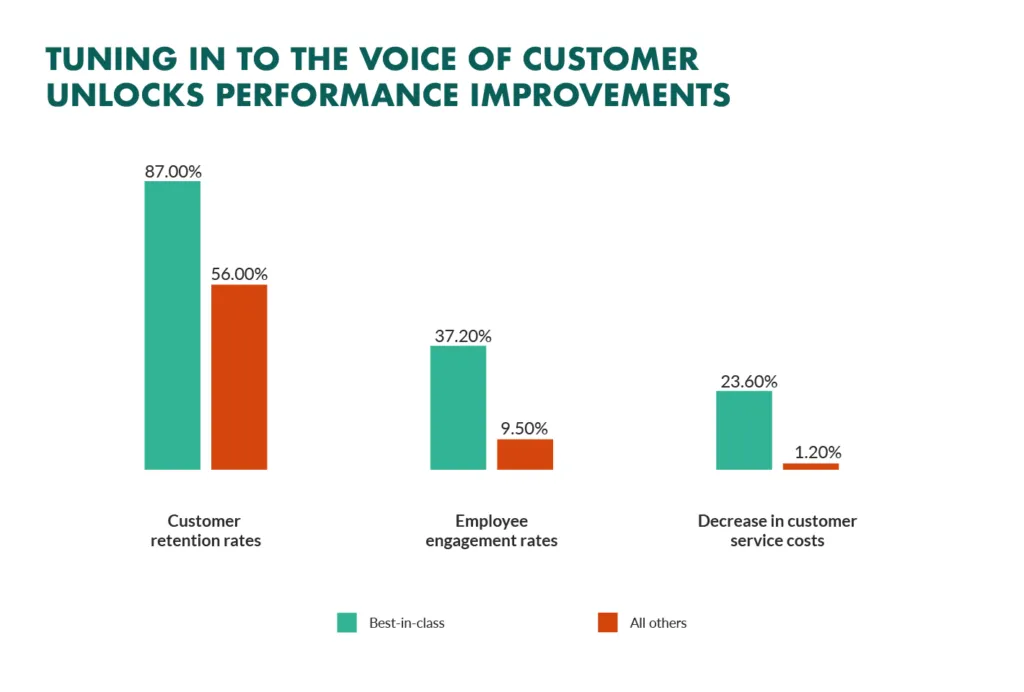
Studies show employee feedback loops improve workplace satisfaction
Fostering a feedback-driven culture, and listening to employee feedback, can help to create a better work environment for employees, which helps to increase employee satisfaction. More satisfied employees are proven to be more engaged in their work and are more productive as a result.
Not only this, but satisfied employees are less likely to look for employment elsewhere, which reduces employee turnover and its associated costs. 41.2% of employees say they have left a job because they felt they weren’t being listened to. Not having to train new employees as often means that productivity remains high.
Improves communication and engagement
Allowing employees to voice their opinions fosters a feedback driven culture of open communication and overall transparency. It increases trust between employees and employers and encourages them to approach their managers with concerns, knowing that their feedback will be taken seriously.
Building an open and transparent work environment focused on clear communication increases employee engagement, helping to reduce absenteeism, turnover, and even safety incidents. All these factors help to increase productivity and profitability.
Low employee turnover
Increasing employee retention is a great way to increase productivity, but it also helps to create a positive brand image. A company that inspires loyalty in its employees is more likely to impress positively on customers.
Giving employees a platform to openly and honestly express their opinions without fear of reprisal is key to creating a positive work environment, which will help reduce employee turnover.
Improve customer service
Gathering customer feedback is a great way to improve customer service, whether you’re one of the largest cloud PBX providers or one of the smallest fashion retailers. 49% of customers surveyed said that asking for feedback after a purchase is a good way to make them feel valued.

Customers who feel valued by a company are more likely to shop with them again. This benefits the profitability of a brand greatly, as it can cost up to 7 times more to acquire a new customer than it does to retain an existing one.
Increasing customer service also creates a positive brand image, making new customers more likely to trust the company and shop with them, especially after seeing positive feedback on independent review websites. If you’re a VOIP business communications provider, a great reputation in the industry will keep clients coming to your door when they’re looking for a Phone.com alternative.
How to set up & maintain a feedback loop in your team
Here are our top tips that will help implement feedback loops in your organization without hassle.
Run meetings whenever necessary
If you want to gather feedback from your employees, there’s no better way than speaking to them directly. By making your managers available for individual meetings with employees, you create an opportunity to gather open and honest feedback, while fostering trust among your teams.
Make asking for feedback an essential aspect of employee reviews, so even if employees don’t seek you to give feedback, they still have ample opportunity to present you with it.
Assess pain points
Before asking employees for feedback, do some research to pinpoint the potential pain points your teams may encounter. Factors such as your company structure or employee demographics may give rise to specific challenges you should know.
Analyze the feedback and identify any recurring issues that affect your employees. For example, if development and testing of new software applications is taking up too much time for too many of your developers, you could look at investing in a new solution accelerator to help ease the workload.
Make sure your employee feedback loop is focused on relevant info
How you collect your feedback should be a crucial point of consideration. As discussed previously, one-on-one meetings are a great way to gather feedback, but they can sometimes be impractical, especially in larger organizations.
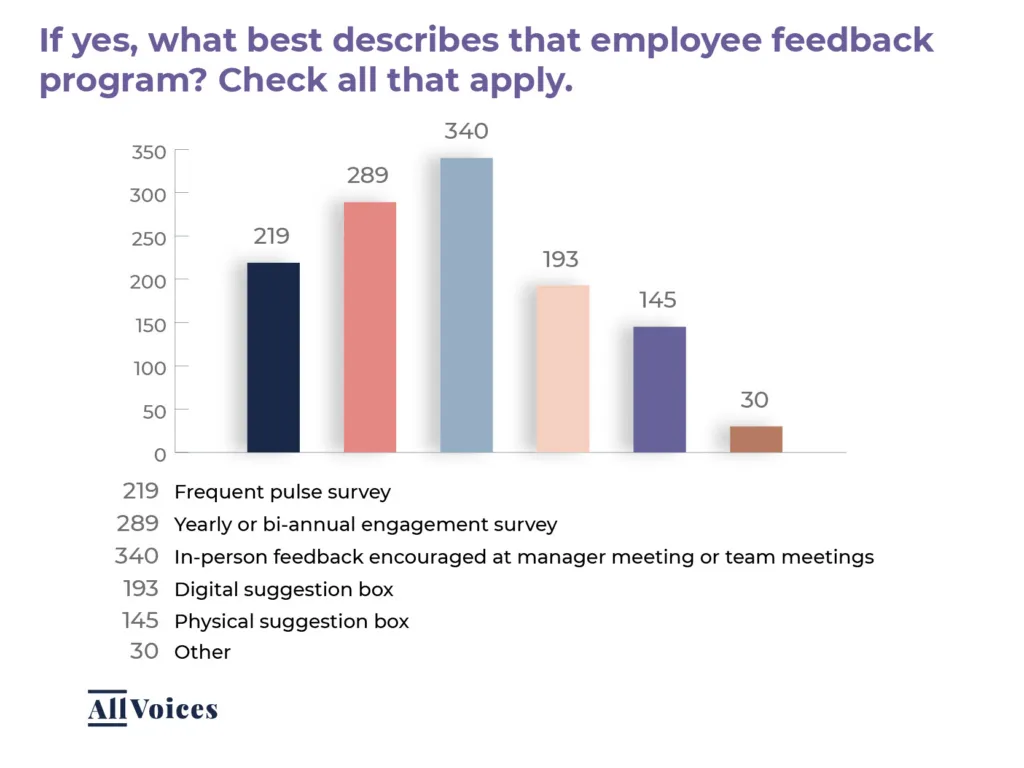
Email surveys are an alternative method that can be used. These have the benefit of gathering feedback with a reduced time commitment. They can also be anonymous, which may encourage some employees to provide more honest feedback.
Acknowledge and analyze feedback from your employee feedback loop
Once you’ve requested feedback, it’s important to do something with it. If employees feel that the information they’ve provided has just been ignored, they’re less likely to take the time to do it again. Ensure you analyze the feedback you’ve received for common issues and then communicate to your employees that you’re aware of specific pain points. You can then lay out plans for how you intend to tackle these issues.
If you gather feedback with no intention of acting upon it, employees will see it as an empty gesture executed to garner goodwill. It can often have negative effects on morale and employee satisfaction. 36.5% of employees left a job because they thought that feedback wasn’t taken seriously.
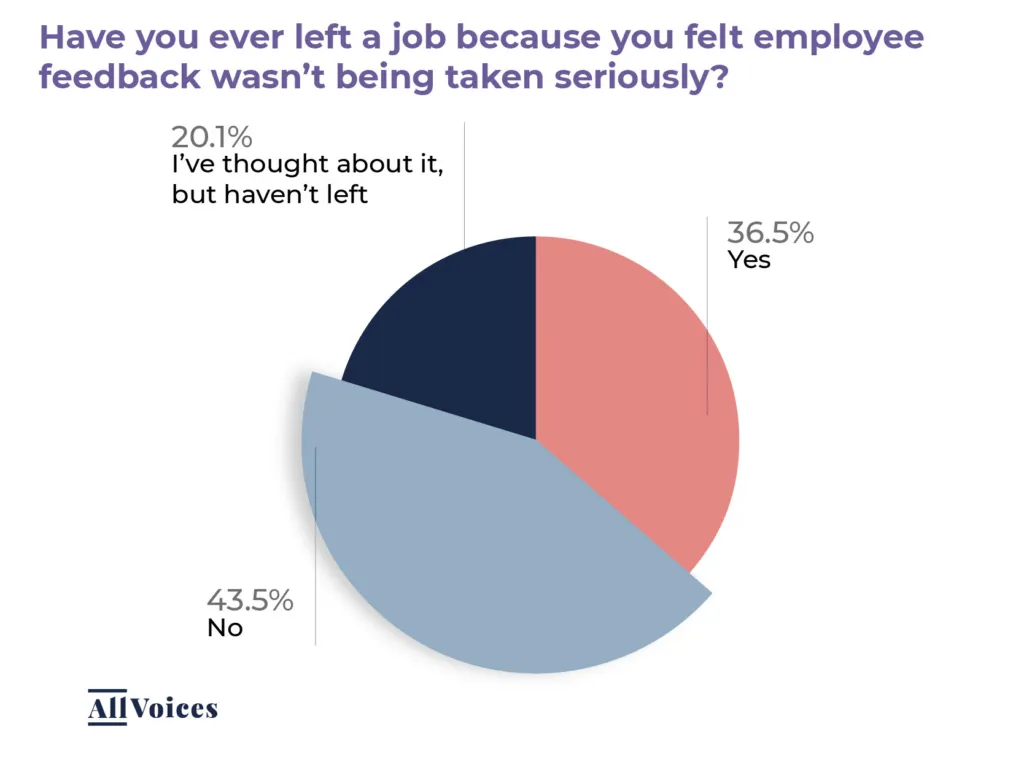
Promote active listening
It’s important that employees feel that their voices are heard, and that they can provide open and honest feedback at any time, without having to be invited to do so first. You should therefore strive to create a culture of listening at your workplace.
A culture of listening in an organization can boost productivity and retention. Offering training to managers on how to achieve this should be a key focus, and should form part of the onboarding process for any new managers.
Communicate regularly
You should ensure that you communicate regularly with your teams, offering them ample chances to provide feedback. Only around 20% of employees say that their employers ask them for feedback weekly, with the other 80% reporting they were asked less frequently.
Making gathering feedback a monthly, or even worse, yearly, occurrence, can give your employees the impression that you’re not going to take their feedback seriously. Gathering feedback regularly also allows you to catch problems as they arise.
Notify the team whenever there are changes
You should do your best to communicate any changes to your teams based upon their feedback. This will show that you have listened to and understood what they have said, and have been willing to make alterations based upon it.
Pull the employee feedback loop tight
The feedback loop is an excellent tool that can help you to increase customer and employee satisfaction. This can lead to higher productivity, customer retention, and ultimately, higher profitability for your business.
Gathering feedback from your employees can help you to identify pain points for your employees. You then have the opportunity to act on the feedback, whether that’s utilizing new team communication tools, or introducing new electronic signature software (check out PandaDoc’s guide on DocuSign competitors) to speed up contract exchanges for your teams.
Listening to your customer feedback can help your customers to feel valued, and can increase customer retention. And the same can be said for your employees. Put the feedback loop to use, establish yourself a business that your employers and your customers can trust, and reap the benefits.
What do you think is the most important part of a functional employee (or customer) feedback loop? Let us know in the comments.

This is a guest post from Jenna Bunnell, Senior Manager for Content Marketing at Dialpad. Jenna has written for other domains such as MacSecurity and CEO Blog Nation. You can find her on LinkedIn.
The post Blog first appeared on Process Street | Checklist, Workflow and SOP Software.

